For most people, the HMS Hero and her sister ship, the HMS Conqueror are virtual unknowns. They were commissioned in the late 1880’s and in terms of their efficiency as Naval warships, Doctor Oscar Parkes, an authority on British battleships, called them two of the most useless turret ships ever constructed for the Navy. Plenty of officers serving on these ships agreed with Parkes’ assessment over the years.
Yet the HMS Hero and Conqueror would acquire an unusual degree of fame with a specific and somewhat large niche group of the population, as their images were used by the John Player Ltd tobacco company on the background of their cigarette packages. The entirety of the image consisted of the late Victorian uniform, including a sailor’s head and torso seen through a lifebelt, and two ironclads in the background, with the ship on the right being the HMS Hero.
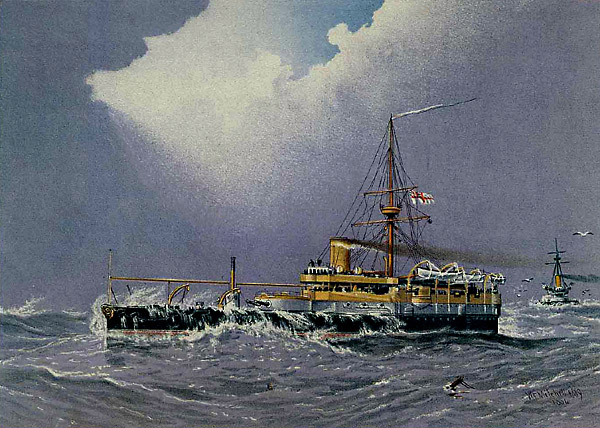
In terms of marketing, it was an interesting and quite useful choice. The cigarettes were launched in the same time period as the ship itself, and rode on the rising tide of public sentiment as there was an enormous upsurge of public pride and interest in the Navy that would last until the arrival of the first world war. This could easily be seen in the popularity of the HMS Pinafore and the high visibility of sailor suits for children.
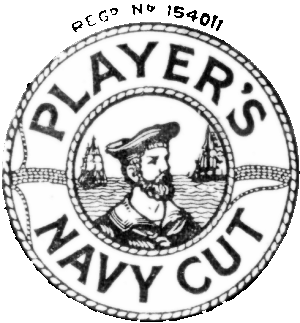
The motif of the sailor in the logo has changed over the years. He has been both bearded and clean shaven, but the bearded version of him has been the standard since 1907, and it is an enduring image that has continued to today.
Even the name “Navy Cut” has an actual naval origin, as it is a reference to the way that sailors would bind their mixture of tobacco leaves and leave them to mature under pressure. A slice of this particular slab was soon called a “cut.”
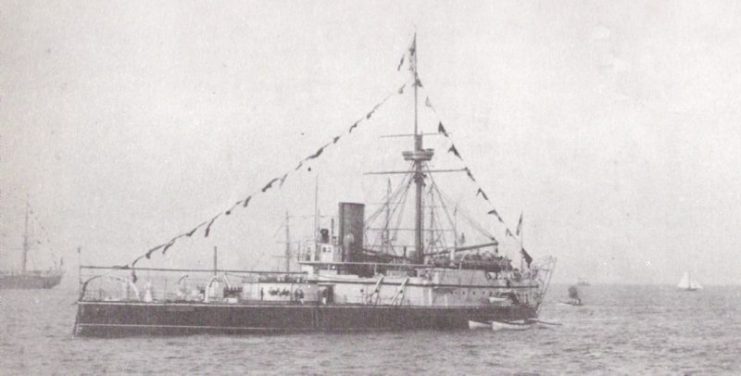
Despite the widespread recognition and commercial success of the cigarette brand, the vessels associated with it were themselves wholly unremarkable. The HMS Hero and Conqueror were designed and constructed when the evolution of warships was moving swiftly away from their design, and they were caught in between the two sides of the argument regarding how line-battleships should be armed and armored.
At this point in time, large caliber breech-loading guns were gaining prominence, technological developments in metallurgy were providing much more efficient armor, and the compound steam engine was set to replace the traditional sail-powered vessel in terms of power and fuel efficacy.
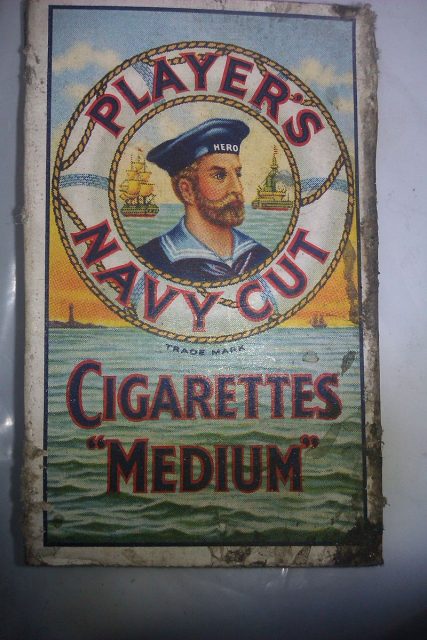
Other changes included a potential move to smaller caliber rapid-firing guns, up to six inches, which were proving their potential. Military circles were debating the use of the ram, and whether or not it still contained any strategic advantages in naval combat.
With these advances in weapons, the discussion about tactics naturally followed–as no fleet action had yet been fought using the new ships–giving rise to plenty of new theories regarding how they would be employed.
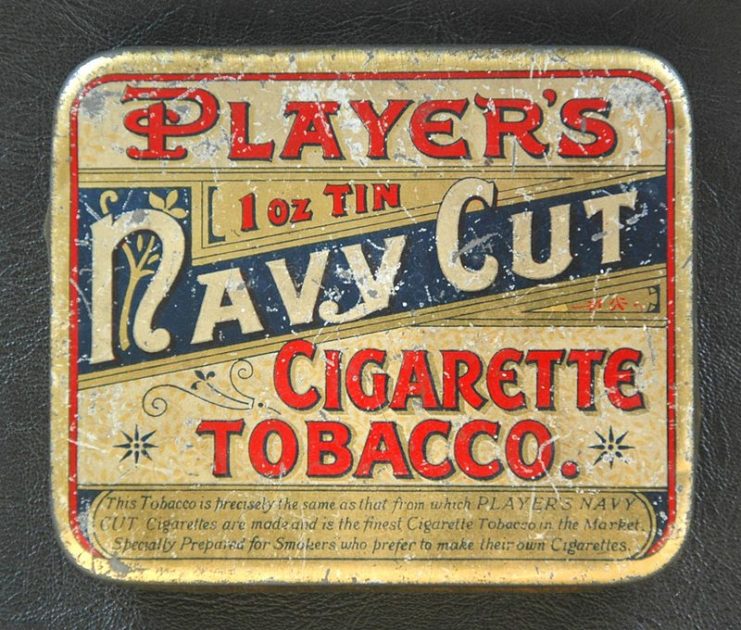
The problem did not stem from the availability of the technology, but rather from how these disparate elements were to be employed in a single concept, which could then be integrated in a functionally efficient manner in line with an agreed tactical doctrine.
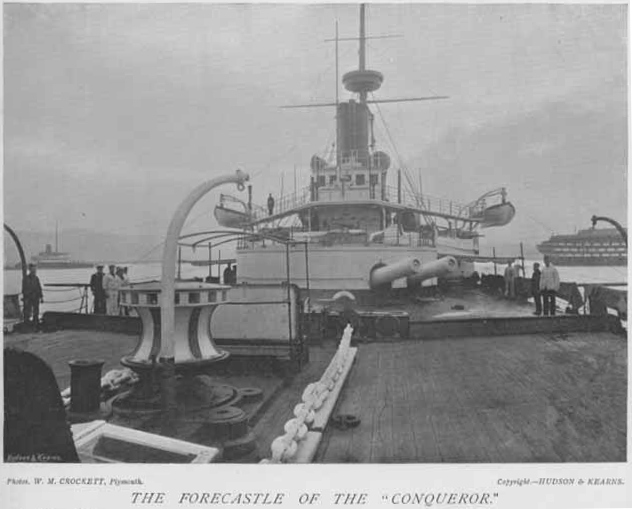
The Royal Sovereign class came about in the 1890’s and provided a resolution to these controversies. It was the line of evolution that almost all battleships throughout the world would thereafter follow. But arriving at that final conclusion would involve some failed attempts, and the two most notable of these are the HMS Hero and HMS Conqueror.
They sought to combine two large caliber guns (12 inches) in a single rotating turret, enough strength to ram enemy ships, heavy armor, six above-water fourteen inch torpedo tubes, a small torpedo-boat that could be lowered into the water from the deck and used to launch separate attacks; and finally, a considerable secondary armament, including four six-inch quick-firers and a large number of small caliber weapons.
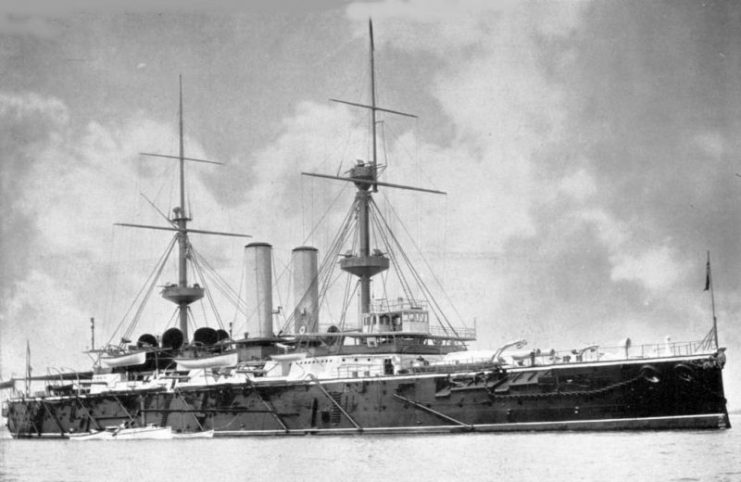
These ships were supposed to be all-purpose, strong and reliable–and were nothing of the sort. Instead, they were too heavy, overwrought and difficult to maneuver. They carried 6,200 tons on a 270-foot hull, with a freeboard inevitably low at 9.5 feet, and sea keeping was abysmally poor.
Serving on these ships must have been a nightmare, and living conditions even worse. According to Parkes, the weight of the ship would bury the bow in the sea, and make the main deck uninhabitable due to leaky forecastle fittings. In terms of combat effectiveness, the ships were inadequate.
The 12-inch weapons in the turret could not be fired on a bearing of more than 45 degrees to either side of the central axis because of the blast damage to the superstructure. In an 1889 report on maneuvers, there was curious speculation as to what variety of damage would be done to the ship after the big guns were fired a few times. It was thought that that scenario would be better left to the imagination.
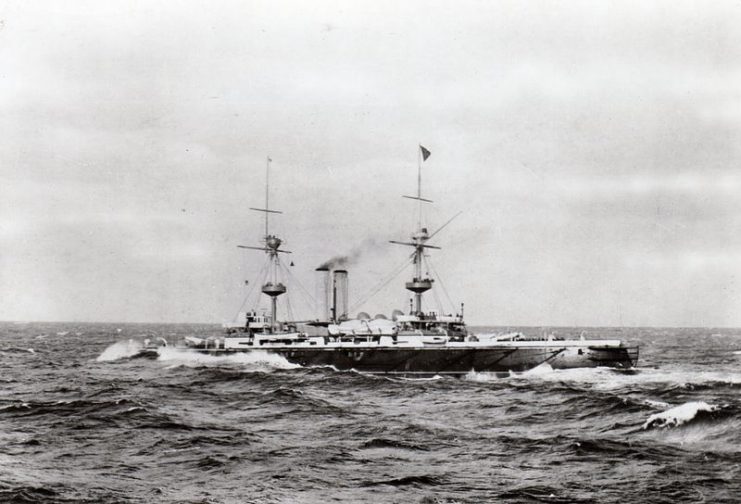
Read another article like this from us – Pre-Dreadnought Battleships in WWI
The ultimate destination for the HMS Conqueror was the gunnery training school Cambridge at Devonport in 1889, a mere two years after it was launched. The Hero served a similar role at gunnery school Excellent at Portsmouth, ending its short life as a ship used for target practice when it was sunk on the Kentish Knock in 1908.
